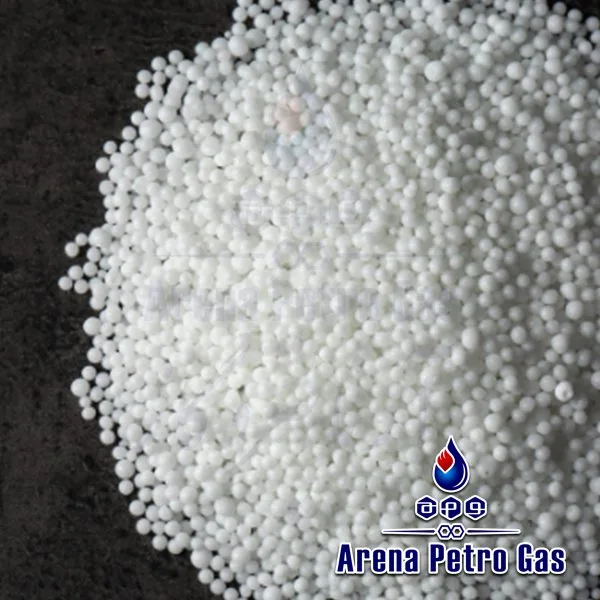Hello Dear Readers!
The global urea market is characterized by dynamic factors that influence both production and consumption. As of the latest available information in January 2022, urea, a key nitrogen fertilizer, plays a vital role in global agriculture. Its production volume is notably influenced by agricultural demand, weather conditions, and raw material availability.
- Production Volume and Consumption:
Major producers of urea include China, India, Russia, the United States, Iran and several Middle Eastern countries. China and Russia stand out as significant contributors to the global supply. Urea, primarily used as a nitrogen fertilizer, sees demand closely tied to global agricultural trends and food production needs.
- Top Exporting Countries:
China, with its substantial production capacity, is a major exporter of urea, along with Russia and several Middle Eastern countries such as Saudi Arabia, Qatar, and Iran.
- Top Importing Countries:
On the importing side, India, with its large agricultural sector, is a prominent consumer of urea. Brazil and the United States also feature among the top importing countries, meeting their agricultural and industrial needs through urea imports.
- Market Trends:
The urea market is subject to fluctuating prices influenced by global demand for agricultural products, energy prices (particularly natural gas, a key input in urea production), and geopolitical events. Sustainability concerns and environmental considerations may lead to the development of alternative fertilizers, impacting the long-term demand for urea.
- Future Outlook:
Predicting the future of the urea market involves considering several factors. The anticipated growth in the global population is expected to drive increased demand for food, thereby influencing the demand for urea as a fertilizer. Technological advancements in agriculture, environmental regulations addressing sustainability concerns, and the impact of climate change on agricultural practices are all key factors that will shape the future of the urea market. Additionally, the emergence of alternative fertilizers, geopolitical factors, energy prices, and changing consumer preferences are critical elements that will influence market dynamics.
Here we highlight some factors that experts typically consider when forecasting the future of the urea market:
- Global Population Growth:
- The world’s population is expected to continue growing, leading to an increased demand for food. This can drive the demand for fertilizers, including urea, to enhance agricultural productivity.
- Technological Advancements:
- Advances in agricultural technology may influence the efficiency of fertilizer use and impact the demand for traditional nitrogen-based fertilizers like urea.
- Environmental Regulations:
- Growing concerns about environmental sustainability might lead to increased scrutiny of nitrogen fertilizer use due to issues like nitrogen runoff and greenhouse gas emissions. This could result in regulatory changes or increased interest in alternative, more environmentally friendly fertilizers.
- Energy Prices:
- Urea production is energy-intensive, and changes in energy prices, especially natural gas (a key input in urea production), can affect production costs and, consequently, urea prices.
- Climate Change Impact:
- Climate change may influence weather patterns, affecting agricultural practices and potentially altering the demand for fertilizers.
- Emergence of Alternative Fertilizers:
- The development and adoption of alternative, sustainable fertilizers may impact the demand for traditional urea. Innovations in precision agriculture and controlled-release fertilizers could also play a role.
- Geopolitical Factors:
- Political and economic factors, such as trade tensions, can influence the global urea market. Changes in trade policies or geopolitical stability can impact production, distribution, and prices.
- Consumer Preferences:
- Increasing awareness of sustainable and organic agriculture may influence consumer preferences, potentially affecting the demand for conventionally produced urea.
- Conclusion:
As the urea market continues to evolve, staying informed about these factors is crucial for industry participants and stakeholders. While the past provides insights into market trends, the future is subject to a complex interplay of economic, environmental, and technological factors that will ultimately define the trajectory of the global urea market. To read more about Urea or for more information you can check our PETROPRICE page and UREA product page.






